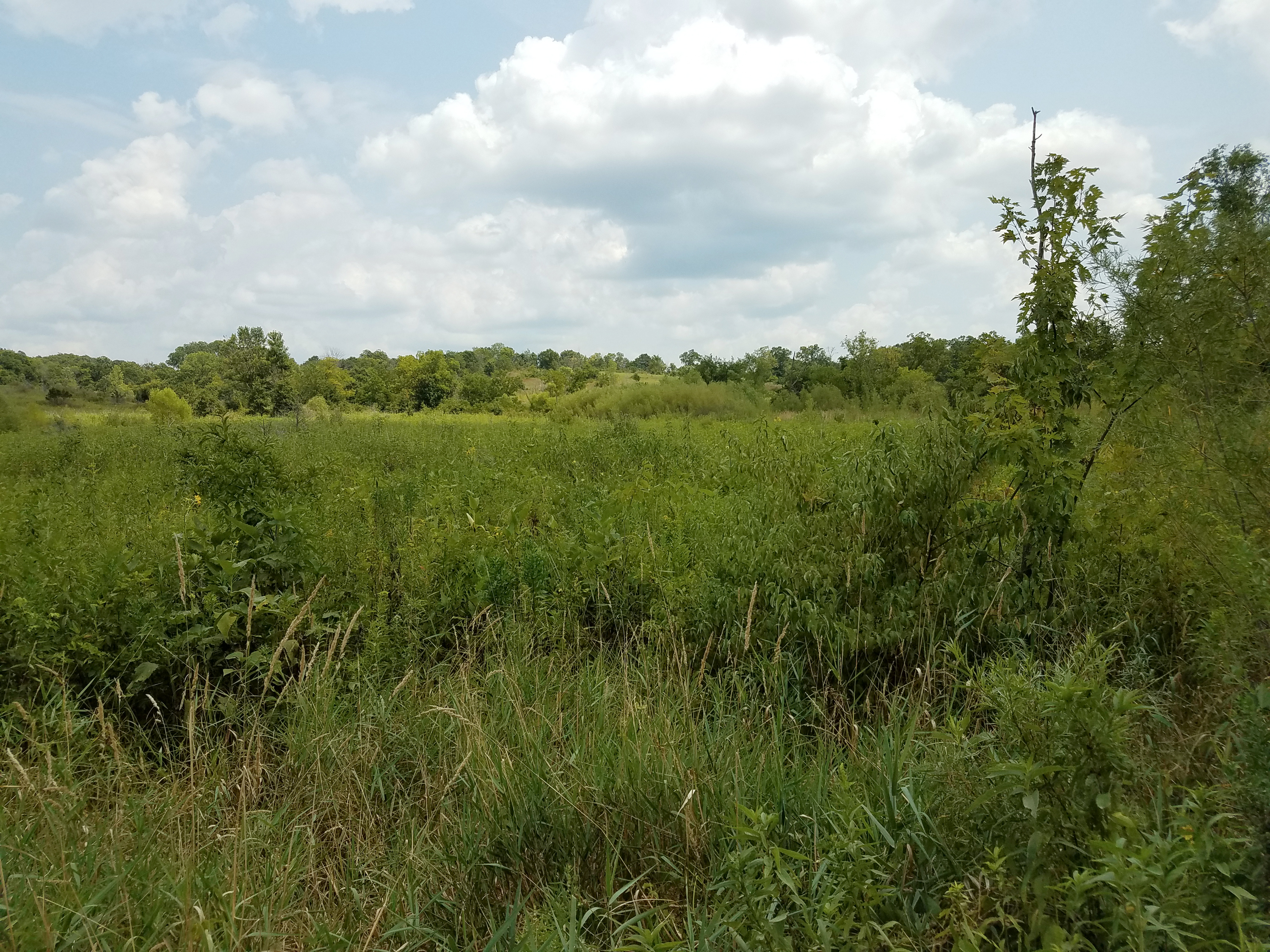
The Southern Iowa Drift Plain is the largest of Iowa’s landforms and encompasses much of the southern half of the state. This region is shaped by older glacial activity than the Des Moines Lobe, sometimes by hundreds of thousands of years (Prior 1991). The region is typified by well-connected drainage systems separated by rolling hills and ridgetops (Prior 1991). There is also an obvious east-west transition from highly dissected and deeply cut by streams in the east to a flatter, less dissected terrain in the west. South-central and southeastern Iowa have large areas of forest and grassland cover while western regions are more dominated by row-crop agriculture.
This region includes all or parts of thirteen Bird Conservation Areas, most targeting a mix of forest and grassland habitat types. Forested areas host nesting Wild Turkey, Chuck-wills-widow, Eastern Whip-poor-will, Acadian Flycatcher, Yellow-throated Vireo, Wood Thrush, Ovenbird, Kentucky Warbler, Northern Parula, and Summer and Scarlet tanagers. Scrubby areas are home to nesting Black-billed Cuckoo, Willow Flycatcher, Loggerhead Shrike, White-eyed and Bell’s vireos, Northern Mockingbird, Yellow-breasted Chat, and Field Sparrow. Nesting birds of the extensive grasslands include Upland Sandpiper, Sedge Wren, Grasshopper and Henslow’s sparrows, Bobolink, and Eastern Meadowlark in addition to a reintroduced population of the Greater Prairie-Chicken, the only one in Iowa. Two species, Red-shouldered Hawk and Pileated Woodpecker, have undergone dramatic increases and a westward expansion in this region presumably in concert with the ageing of forest areas.